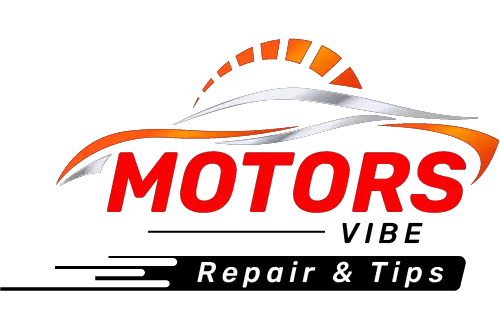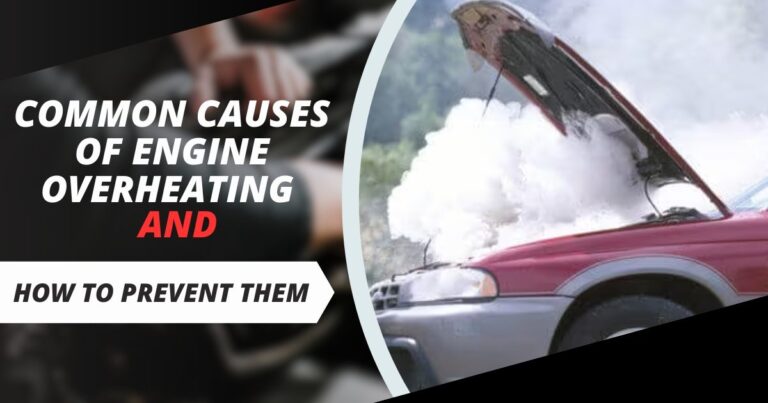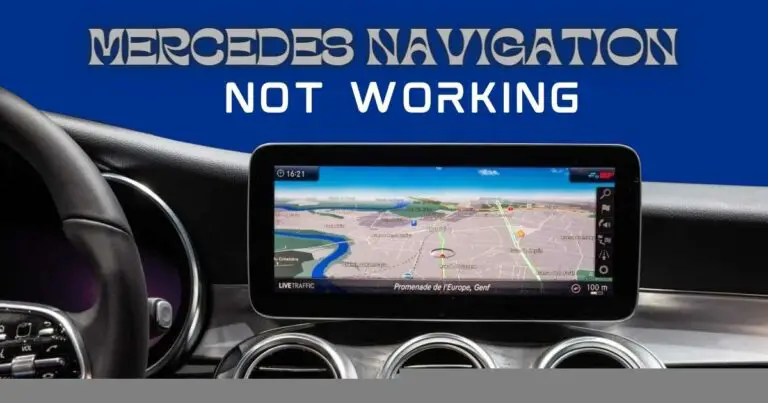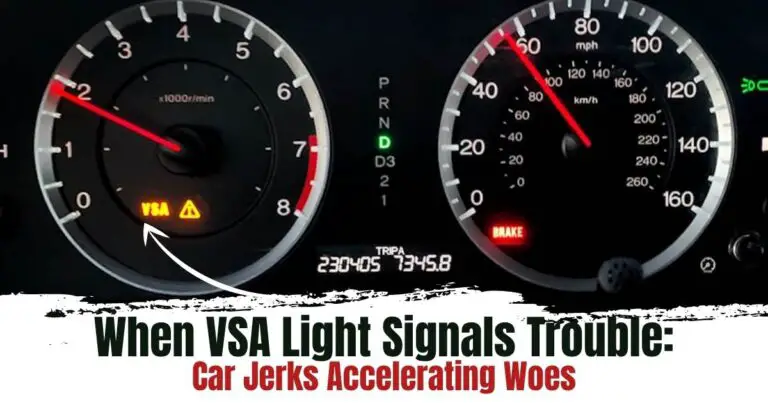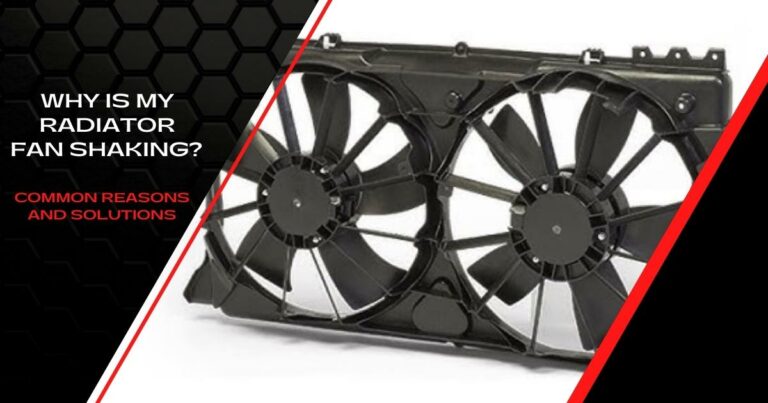Why Does My Gear Stick Move When I Accelerate? Here is Why
The gear stick, also known as the shifter, is often one of the most overlooked components, but it is an essential component in a manual transmission vehicle. The gear stick empowers drivers with the ability to control the gears and optimize their vehicle’s performance.
However, as you take your foot off the clutch and press down on the accelerator pedal, you may have noticed that your gear stick, tends to move or vibrate. While the movement isn’t always a cause for alarm, it can also be a sign of trouble and raise questions about whether something is wrong with your vehicle.
In this blog, we’ll unravel the mysteries of a gear stick shaking when accelerating and provide insights to help you distinguish between normal movements and situations that may require attention.
How Gear Stick Works
In a manual transmission car, the gearbox is designed to allow the driver to select different gear ratios manually. These gear ratios determine the speed and power delivered to the wheels. The gearbox consists of multiple gears that can be engaged or disengaged using the gear stick.
The gear stick is connected to the transmission through a system that includes a clutch. The clutch allows the driver to disconnect the engine from the transmission temporarily. When the clutch is engaged (pedal released), the engine’s power is transmitted to the transmission. When the clutch is disengaged (pedal pressed), the engine’s power is disconnected, allowing the driver to change gears without damaging the transmission.
As you accelerate or decelerate, you often need to change gears to match the desired speed and power requirements. When you press the clutch pedal, it disengages the engine from the transmission. The next step involves moving the gear stick to select the appropriate gear based on the speed and engine RPM.
Once you’ve selected the gear, you’ll need to release the clutch pedal, which engages the engine to the transmission, thereby transferring power to the wheels. This process repeats as you continue to accelerate or change speeds.
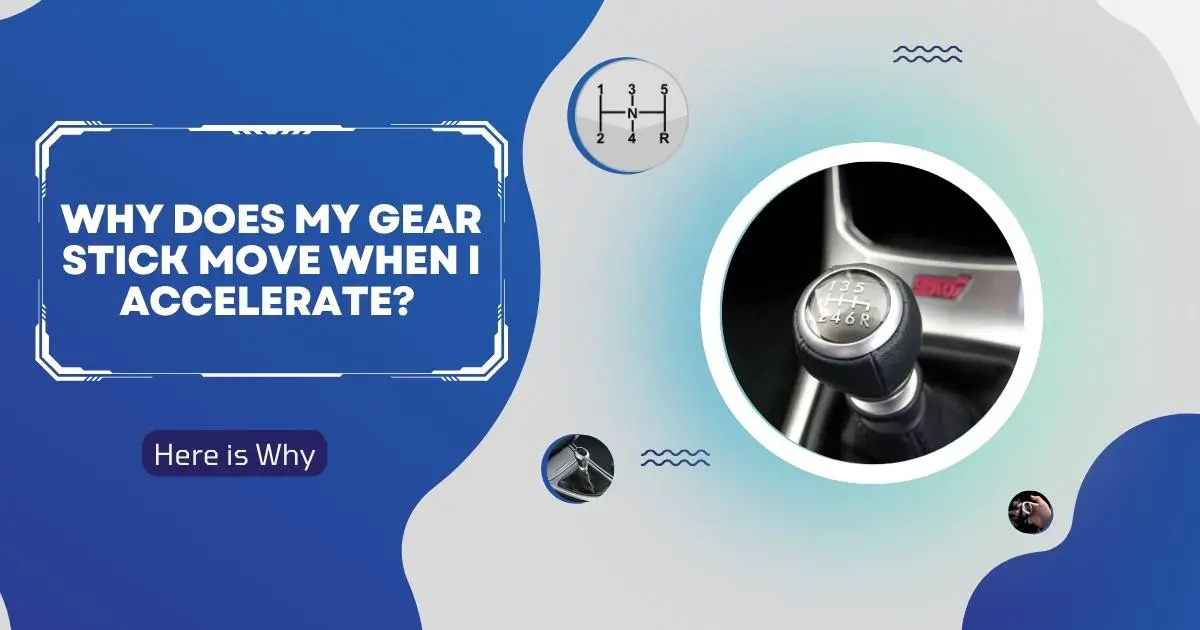
Why Does Gear Stick Move When Accelerating
In typical applications, the gear stick itself does not move when accelerating. The movement of the gear stick is initiated by the driver to select the appropriate gear, but it does not move on its own during acceleration.
However, as you press down on the accelerator pedal, the engine generates torque to propel the vehicle forward. This torque is transmitted through the drivetrain, including the transmission system, which can cause slight vibrations and movements of the gear stick.
Also, during gear changes, there is a brief disengagement of the clutch to shift gears. This process can cause the gear stick to move slightly as the gears engage or disengage. This movement is typically normal and part of the shifting process.
In addition, the engine generates vibrations during operation, especially when under load. These vibrations can be transferred to the gear stick, causing it to move as a result.
Unusual Gear Stick Movement
If the gear stick exhibits excessive or unusual movements, such as excessive shaking, rattling, or vibrating, it may indicate a problem. Also, if the gear stick moves excessively and is accompanied by grinding noises, difficulty in shifting gears, or a noticeable loss of power, it could be a sign of a more significant problem.
Unusual movements of the gear stick during acceleration can be attributed to several causes, indicating potential issues with the transmission or related components. Common causes of unusual gear stick movement include;
Worn or damaged gear linkage
The gear linkage system connects the gear stick to the transmission, allowing for gear selection. If the linkage components, such as bushings or cables, become worn, loose, or damaged, it can result in erratic behavior of the gear stick.
It can also result in irregular or unpredictable movements of the gear stick, making gear shifting difficult and causing vibrations or a state of looseness. In severe cases, it may even cause the gear stick to move unintentionally or not return to its neutral position properly.
Faulty engine or transmission mounts
Engine and transmission mounts are designed to support and stabilize the engine and transmission within the vehicle. If these mounts are worn or damaged, they might cause excessive engine and transmission movement, leading to unusual gear stick motions during acceleration.
Faulty mounts can also introduce unwanted motion and instability, leading to unusual gear stick movements during acceleration. As such, you may experience the gear stick shaking, vibrating, or moving erratically as a result of the increased engine and transmission movement.
Transmission synchronizer issues
Synchronizers help facilitate smooth gear engagement by matching the rotational speeds of the gears. However, if the synchronizers are worn or damaged, they may result in difficulty or resistance when shifting gears. This can lead to the gear stick being moved forcefully or abruptly during gear changes, which can create a sensation of unusual movement.
Clutch problems
Clutch problems can also cause unusual gear stick movements during acceleration. The clutch is an integral part of the manual transmission system and is responsible for smoothly engaging and disengaging the engine power to the transmission.
When there are issues with the clutch, such as a worn clutch disc, a malfunctioning clutch release bearing, or problems with the clutch linkage, it can affect the smooth operation of the clutch mechanism. This can lead to various symptoms, including unusual gear stick movements.
For example, a slipping clutch can compromise the ability of the engine to transfer power to the transmission, resulting in inconsistent acceleration and potentially causing the gear stick to move irregularly. Similarly, worn or damaged clutch components can introduce play or looseness in the clutch system, leading to erratic gear stick movements during gear changes.
Internal transmission problems
The transmission is a complex system that facilitates the transfer of power from the engine to the wheels. If there are internal issues within the transmission, it can affect the smooth operation of gear engagement and lead to abnormal gear stick movements.
Internal transmission problems may include damaged gears, worn synchros, malfunctioning shift forks, or other issues within the transmission mechanism. These problems can result in difficulties when shifting gears, grinding noises, or jerky gear engagement. In turn, these irregularities can cause the gear stick to move in unexpected ways during acceleration.
Read More: Why is My Car Jerking After Oil Change? Oil Change Woes
How to Prevent Unusual Gear Stick Movement During Acceleration
To ensure smooth and seamless shifting, it is important to prevent or minimize any unusual gear stick movements during driving. Unusual gear stick movements during acceleration can be bothersome and may indicate underlying issues within the transmission system. That said, here are some preventive measures to help minimize or prevent irregular gear stick movements;
- Regular maintenance- Ensure your vehicle undergoes regular maintenance, including scheduled inspections of the transmission system. This helps detect and address any potential issues before they escalate and cause undesired gear stick movements.
- Maintain clutch health- Take care of your clutch by avoiding aggressive driving habits such as excessive slipping or riding the clutch. Proper clutch usage and avoiding unnecessary stress on the system can help prevent clutch-related problems that can lead to erratic gear stick movements.
- Smooth-shifting technique- Develop smooth shifting habits by applying consistent and deliberate pressure when engaging gears. If your gear stick moves when in gear now and then, avoid quick, forceful movements that can put unnecessary strain on the transmission and lead to jerky gear shifts.
- Clutch pedal engagement- Ensure proper clutch pedal engagement by fully depressing it to the floor when shifting gears. Incomplete or partial clutch engagement can cause gear grinding, which may result in unusual gear stick movements.
- Maintain transmission fluid- Regularly check and maintain the proper level and condition of the transmission fluid. Clean and adequate transmission fluid helps ensure smooth gear shifts and optimal performance, which reduces the likelihood of unexpected gear stick movements.
- Address popping issues promptly- If your gear stick moves when accelerating or if you notice any other symptoms indicating a potential problem, such as difficulty shifting gears or grinding noises, seek professional assistance promptly. Timely diagnosis and repair of any underlying issues can help prevent further complications and minimize gear stick movement during acceleration.
A Final Word
A well-functioning gear stick and transmission system contribute to a smoother and more enjoyable driving experience. Generally, it is normal for the gear stick to move slightly when accelerating in a manual transmission vehicle. However, if the movement is excessive or accompanied by other issues, it may indicate potential problems that require attention. Understanding why your gear stick moves when you accelerate can help you identify normal behavior and recognize potential issues with your transmission system.
